In my Comfort Zone
I grew up in Berkeley, CA, where we are wayyyy liberal and proud of it! Gay, lesbian, or bi? Awesome. Welcome.
I was immersed in accepting others who did not define themselves as heterosexual. Homophobia seemed unthinkable, something distant and far away. Hearing my first homophobic remark the summer after I graduated high school was shocking!
Where I’m learning
That fluidity of sexual orientation is easy for me, but I have to admit, gender fluidity isn’t.
Let me be clear: gender fluidity is natural. It’s the norm for most forms of life, for many animals in the animal kingdom, and it is normal in many human cultures.
Gender fluidity should be normal everywhere.
That means there’s something wrong with the ideas I grew up with. That I find accepting any sexual orientation to be easy shows that my community did a great job teaching tolerance for that difference. However, my community didn’t do such a great job teaching about gender. It’s one of those myths of patriarchy that still hold sway.
From my youth, I internalized strong distinctions of boy and girl. When I meet someone who is trans or queer or agender, I feel challenged. It’s a good challenge! I slow down and think more carefully about the language I use. I have to admit, I don’t yet find it easy to shift my language to new sets of pronouns.
It feels similar to when I try to speak Spanish – which I can do, but not with ease. That doesn’t mean there’s anything wrong with the Spanish language, or with me!! It’s just unfamiliar because I didn’t grow up with it. With practice, I’ll get there.
Growing up with it vs. learning it later
Because I grew up with the sexual orientation spectrum, I have an understanding of how our kids feel, growing up with gender diversity, but I know I myself am not yet fluent. I struggle at times and have awkward moments. I don’t yet feel like a native.
I think we all understand that everyone simply wants to be known and loved and accepted for who they are, and many of us strive to be that loving and accepting person, no matter what our child’s – or a community member’s – sexual orientation or gender identity.
That striving is 100% well-meaning, yet it can still be a long and awkward process.
I get lots of questions about navigating gender norms and how to talk to our children about other kids who are transitioning. The first thing I say is that I’m NOT an expert in anything LGBTQIA – I’m learning too!
Educating ourselves
For any of you who are local or able to travel, consider attending the Gender Spectrum Conference in July. This is my #1 recommendation for anyone looking to learn more about transgender issues.
For everyone else, if I’m the best resource and ally you’ve come across thus far, I’m happy to share as much as I know. If you’re looking to dip your toes in and get a basic overview, I invite you to learn along with me.
I’ve pulled all the interviews I’ve conducted on sexual orientation, gender orientation, and relationship orientation and grouped them into one bundle: the Parenting Sexual Identity video series. Come learn with me from the experts!
What’s easy, what mirrors what you grew up with, might be monogamy and heterosexuality and gender polarity. That fits a certain subset of people. There are people in our communities who don’t identify with those words, who need us to be more educated, more sensitive, more accepting of natural human diversity.
The world our kids are living in is much more open. There’s a lot of variation out there, lots of conversations to have about how we define ourselves, what our authentic identity is.
I understand how unnerving it can be to upend basic assumptions and foundational concepts. I hope you won’t pull back from these conversations, and that if you need a foundation, you’ll check out the video series. It’s totally ok to be learning and questioning.
In support of you,
Anya
P.S. All the videos in the Parenting Sexual Identity video series and much more are available when you become a member. Join us!

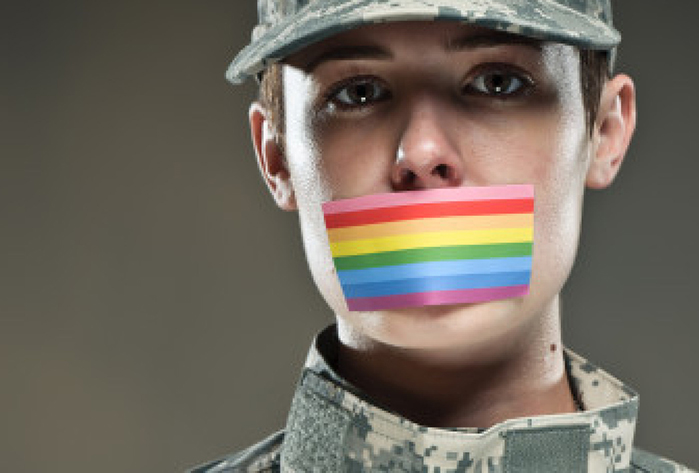

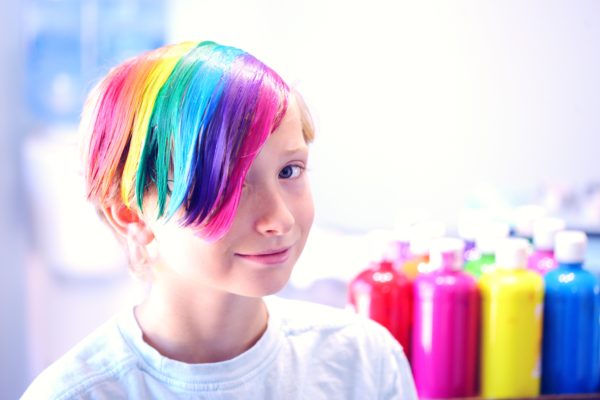
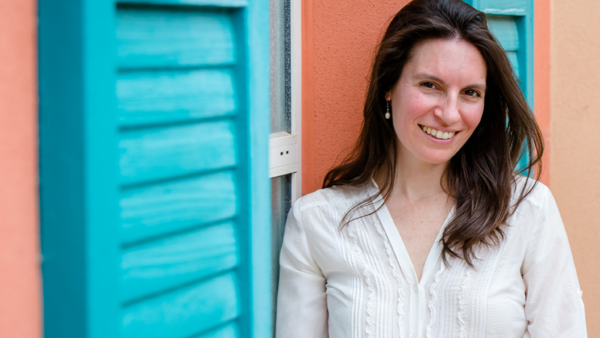
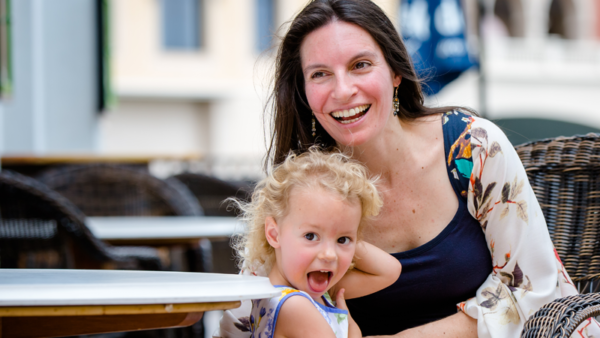
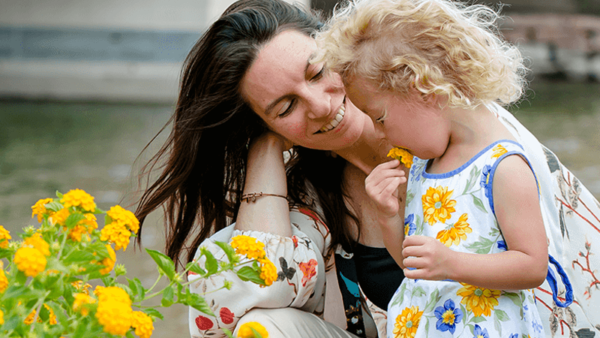





1 Comment. Leave new
Thank you for bringing this conversation forward with such vulnerability…